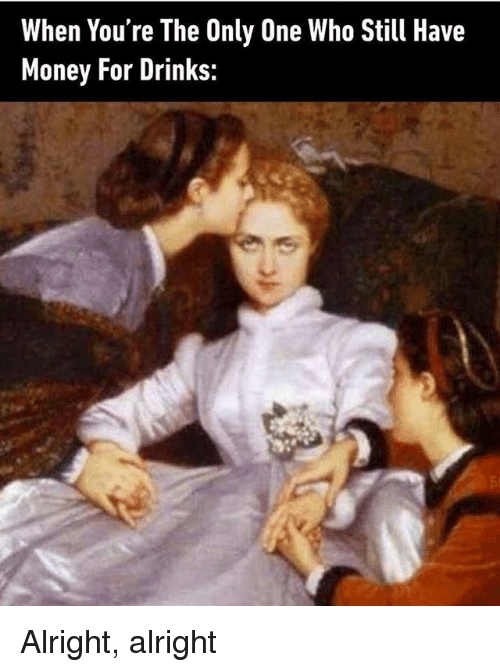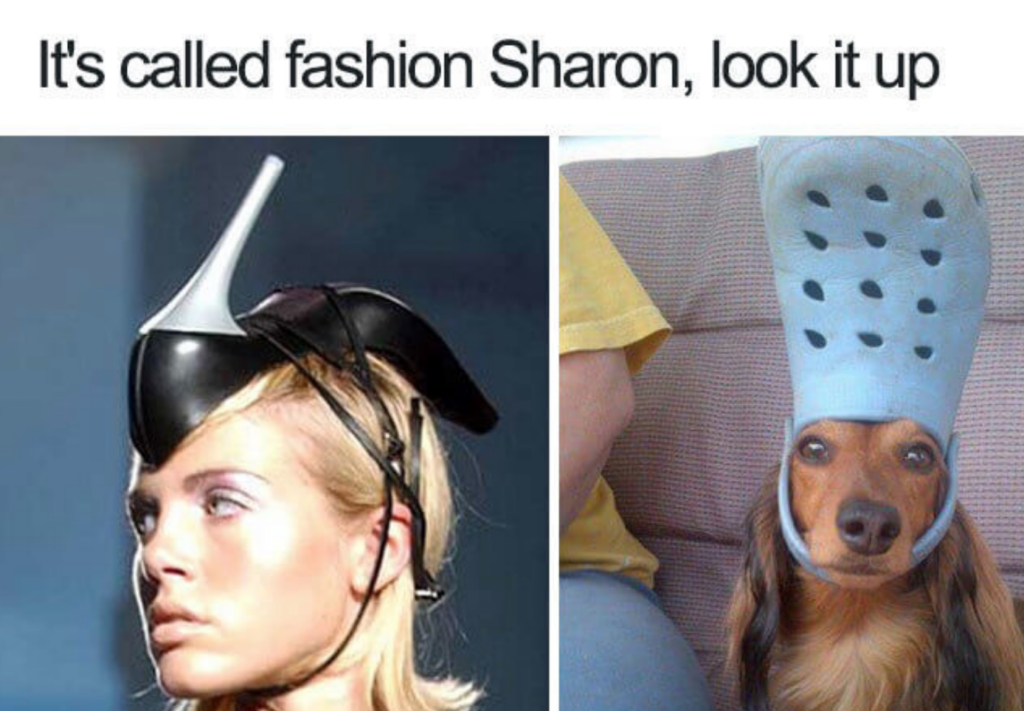
Deep POV. Deep, man. So…um what is it? Maybe you’re bee-bopping along on the inter-webs, clicking on blogs, checking out writing resources when you see the term ‘Deep POV’ drift across your tweet deck.
Or perhaps you’re at a writing conference looking all intellectual and stuff, and in the conversations this phrase Deep POV keeps floating past. Deep POV. Deep POV. You keep hearing it, seeing it…
And, if you are anything like me, you don’t want to look like an idiot so you don’t ask that question burning inside you.
Um, what the heck is Deep POV?
***Note to self. Google Deep POV at home under cover of darkness.
What’s Deep POV & Why Do We Need It?

If you’re a writer who has a goal of selling books, it is wise to remember that audiences are not static. They change.
Their tastes change with the times and we need to understand what is ‘trending’ if we want to connect and entertain.
Many new writers look to the classics for inspiration and there isn’t anything per se wrong with that. But we must reinvent the classics, not regurgitate them.
Even if you look at the fashion trends, sure some styles ‘come back around’ but they are not exact replicas of the past. They’re a modernized version.
But keep in mind that some fashion styles never come back. They’ve outlived their usefulness and belong in the past.
Same with fiction.
Deep POV & Story Trends

Story trends and fashions change along with the audience. For instance, the novel Moby Dick spends an excruciatingly long time talking about whales. Why? Namely because the audience of the time probably had never seen one and never would.
If we did this today?
Sure, feel free to walk around in a literary gold-plated cod piece, but er…
#Awkward.
Epics were once very popular as well. Follow a character from the womb until death. FANTASTIC STUFF!
Why?
Because no one had Netflix.
Books were a rare indulgence usually reserved for a handful of literate folks with the money or connections to get their hands on…a book.
Also, since writers were paid by the word, their works were padded more than a freshman term paper. Their motto?
No modifier left behind.
These days? We have to write leaner, meaner, faster and cleaner.
We’ve talked about POV before, and which one might be the best for your story. I can’t choose for any of you. Alas, before we talk about Deep POV, I want to mention that POV is affected by audience.
I also believe POV trends—the shift to Deep POV—is a direct reflection of how connected we are as a society.
Deep POV & Culture Shifts

You guys may or may not know that POV has changed along with communication and connectedness.
Waaaaay back in the day, omniscient with a god-like narrator was all the rage. But people didn’t travel at all. Most humans lived and died in the place they were born and in isolation from other communities.
Sort of like West Texas, but with knights and plague.
With the early epics, stories often had a narrator who was separate from the events.
Dear Reader, come with me for a tale of AWESOME…
Later, after the Dark Ages, people got out more, traveled more, etc. We see the narrator merging into just general god-like presence.
Then, after the printing press was invented, more and more people were literate and took up reading. Additionally, a lot of monks were out of a job and went off to start the first microbreweries.
Don’t argue. It’s history 😛 .
Closer, Closer, A Little CLOSER…

With pamphlets and papers, people became more engaged and journalism eventually gave birth to a new-fangled invention…first-person.
Third person and third-person shifting only became popular after audiences grew accustomed to radio programs (and later television) and could mentally process the idea of a cut-to scene.
As people became networked closer and closer, we see the psychic distance closing. Now that we’re a culture of reality TV and social media?
Omniscient is a tough sell.
I’m not telling any of you which POV to choose, but I will say that modern readers will shy away from some of these older forms of POV because they can often feel distant and cold.
Modern readers LOVE being as close as possible, ergo my little side-trip through history.
And this is where we get *drum roll* Deep POV.
Taking the Plunge into Deep POV

As I mentioned in the beginning, you might have heard this term—Deep POV—tossed around the writing world.
Everyone wants it. Readers love it. Uh, but what IS it? How does one do it? Can we order some from Amazon? Here’s my simple explanation:
Deep POV is simply a technique that strips the author voice completely out of the prose. There is no author intrusion so we are left only with the characters. The reader is nice and snuggly in the ‘head’ of the character.
Okay, clear as mud. Right? Right.
As an editor, I see the intrusion much more than authors. It is actually shocking how much you guys interrupt. In fact, you’re like my mother chaperoning my first date. That date she would swear to this day she was ‘quiet as a mouse.’
Okay Mama ROUSS (Rodent of Unusual Size)…sure.
I actually like deep POV because I love tight prose. I loathe unnecessary words. Deep POV not only leans up the writing, it digs deeper into the mental state of the character.
We probably aren’t going to stay completely in Deep POV, but it’s a nice place to call ‘home.’
How do we do it? Today, for the sake of brevity, we are just going to talk about simple stylistic changes, not the actual writing.
***This week we have a CLASS—Taking the Plunge: How to Write Deep POV— that teaches all that fancy-schmancy stuff.

Deep POV Step ONE: First, Ditch the Tags
Just using the word said tells the reader we (the author) are there.
Kristen’s Made-Up Example (don’t judge me, just roll with it):
“No, I always love it when you drop by,” she said. Fifi felt her hands start to shake. She glanced over Tom’s shoulder and saw that the street was deserted. She knew all of her neighbors had already gone out of town for Christmas and no one would hear her scream. She thought, ‘He is going to kill me.‘
Okay, so we get that Fifi is in a bad spot. But just that little word said tells us the author is present. So, in the next layer we are going to remove the said.
Deep POV Step TWO: Ditch Thought & Sense Words
If we really pause and think about it, thought and sense words are frequently redundant. If we are IN the character’s head? We KNOW she is thinking.
Who else would be thinking?
Readers aren’t dumb (…okay , mostly).
Yes, it is my personal opinion, but I feel sensing and thinking words often qualify as holding the reader’s brain. We don’t need to give that additional ‘help.’
Let’s look at my made-up example:
“No, I always love it when you drop by.” Fifi felt her hands start to shake. She glanced over Tom’s shoulder and saw that the street was deserted. She knew all of her neighbors had already gone out of town for Christmas and no one would hear her scream. She thought, ‘He is going to kill me.‘
So we ditched the said and that tightened it up. Did you notice how losing the tag tightened the psychic distance? Now let’s remove these stubborn stains unnecessary sensing and thinking words.
***Also, try to ditch any ‘starting to.’ Do or do not, there is no try ‘starting to.’
“No, I always love it when you drop by.” Fifi’s hands shook. She glanced over Tom’s shoulder to the deserted street. All her neighbors had already gone out of town for Christmas, and no one would hear her scream.
‘He is going to kill me.’
Do you see how just getting rid of those excess words upped the tension of this piece? We (the reader) go from being a distant observer to actually being in the potentially deadly situation.
We don’t need to tell the reader Fifi is thinking or feeling or ‘about to do’ something. The reader gets that and us putting in glowing directional arrows is a distraction.
Fifi felt Tom’s hands clamp around her throat.
Just get to it already!
Tom’s hands clamped around her throat.
Better. Sorry, Fifi.
I hope this helps clear up some of your ‘Deep POV’ questions you had or never knew you had. Remember that we live in a culture that is spoiled with intimacy. Readers can fall in love with a book and not consciously be able to articulate WHY.
Deep POV is one is those subtle ‘tricks’ we writers have in our magic bag. Want to sell more books? Give readers what they LOVE. What do they LOVE? Being IN the story.
As a REMINDER, there is way more to Deep POV. I barely scratched the surface here.
That’s why I strongly recommend our upcoming class, because we’ll train you how to use Deep POV to trap the reader and not let GO.
What ELSE Do Readers LOVE?

Since Deep POV is all about the writing to a trend, I want to mention one ‘trend’ that never really went away, and now is only gaining increasing momentum.
Readers can’t get enough of series.
This has been one fashion that’s never gone out of style. If anything, series are more the rage now than ever before.
Series not only help readers fall in love with our world, storyline, characters (and us, the author), but these days? Producers are ON THE HUNT for series with strong followings to convert to the screen.
HBO anyone?
This said…
It’s ‘Fashion Week’!
Bad Lamb Academy: Refuse to Behave

Want to write books that are ALL THE RAGE?
As I mentioned earlier, Maria Grace will be teaching Taking the Plunge: How to Write Deep POV. This is TWO HOURS of professional instruction about how to ROCK Deep POV.
I will be teaching Bring on the BINGE: How to Plot & Write Series. Series are a fabulous way to build a fan following AND make really excellent money (when done well). This class is 2.5 to 3 hours long (and YES, all classes come with a FREE recording).
We’re going to cover all aspects of how to write a series, the different types of series, and so much more.
Treat yourself! Feel free to wear this to class 😀 .









20 comments
1 ping
Skip to comment form
Thanks again!
I’ve first heard of Deep POV from you, Kristen, and I’ve been trying to use it since then.
I guess I still need to learn a lot (also from you) in order to pull it off because I’ve been failing miserably at it — everyone that reads what I write tell me my writing is truncated…
I’ll let this new article sink in and keep practicing.
I’ll get there 🙂
Lucas
Thanks, m’lady, good stuff. I just posted your link on Writers Roundup and Reading Country…Hope that’s all right.
Thank you. I, too, had no idea what deep POV is. I’m now better informed, and I think my writing will improve.
Hi Kristen. You do some intruding yourself by starting with a history lesson, but once you get to it, you treat your topic very well. Another way to think of deep pov is in terms of horror films. At some point, filmmakers realized things would be much scarier if seen through the monster’s eyes rather than through those of the victim. That’s what writers accomplish when they strip away all the elements in the way. In effect, this makes reader into the pov character.
Author
Thanks for the compliment! As to taking the intrusion, a.k.a. long route to talking Deep POV? Preferences vary *shrugs*.
I like knowing WHY I am doing something instead of just gulping down, “It’s the trend. Just do it to sell books.”
Also, as a longtime editor, I’ve had to have far too many conversations with writers as to why pure omniscient P.O.V. might have been fabulous a few generations ago, but it doesn’t do as well today. It feels as if we (the readers) are being kept at arm’s length. And, though a reader might put a book down without being able to say much more than, “I just couldn’t connect with the characters” WE know it might have to do with the POV.
So if we’re getting feedback that readers feel they can’t connect, can’t get in the shoes of the character, etc., it might be our POV needs to be closer.
Again, thanks SO much for the comment!
Informative – thank you!!
What do you think of several first person POVs and some third person POVs all in the same novel? I managed to finish the book; even enjoyed it to some extent, but something about all the mixed POVs just didn’t sit right. Certainly didn’t feel DEEP.
I learned about deep pov in my first and only writer’s group. It was mostly women and they ure weren’t into what I wrote about and it wasn’t called deep pov. Pretty much what was suggested is that the writing would be much tighter if all (or almost all) dialogue tags were removed. I’ve been trying to do that ever since but there are times when a dialogue tag works quite well for the tale.
Author
Deep POV is one of those techniques that we need to use with care. We can’t REMAIN in Deep POV. It’s too overwhelming for the reader. we need to know where and when to back off.
In the same piece of writing, you mean?
So we should change from deep to regular POV?
Author
Yes, you draw back during certain times. It gives a metaphorical breather.
Awesome! I’ve never tried that!
Thanks a lot!
Kristen! I love this post. The fun history is spot-on. Thank you for the example of deep POV. It is what my creative writing professor, Jeanne Leiby taught, 19 years ago. I tend to write this way, and I’m very glad to see you identifying it and affirming it, here. The series workshop looks interesting, and it’s not surprising in our Netflix and Amazon prime world. May check that class out. Thank you, again!
You can also take out the word, “already,” and the word “and” and replace “and” with a comma. Reads faster that way. Your last example can be worked down to fewer words.
This was an excellent explanation of Deep POV, Kristen. And, I clicked over to the link that said there was a class this week and find that it ended August 30th. 🙁 I do hope you’ll offer it again. Your examples really drove the point home! I love this kind of tight writing!
Author
You can get the ON DEMAND version HERE and Deep10 for the $10 discount should still work.
Awesome, Kristen! Thank you!
Now I am starting to feel that I understand.
Or
Now I see!
Hi Kristen –
Is Deep POV not needed for first person narrative?
Author
It makes first-person POV far more immersive. When you remove ALL the author fingerprints the POV is far more intense.
[…] figure out character arc, Heather Webb lists tips for a great love story, Kristen Lamb dives into deep POV, and Janice Hardy advises us to make sure our antagonists’ motivations are […]